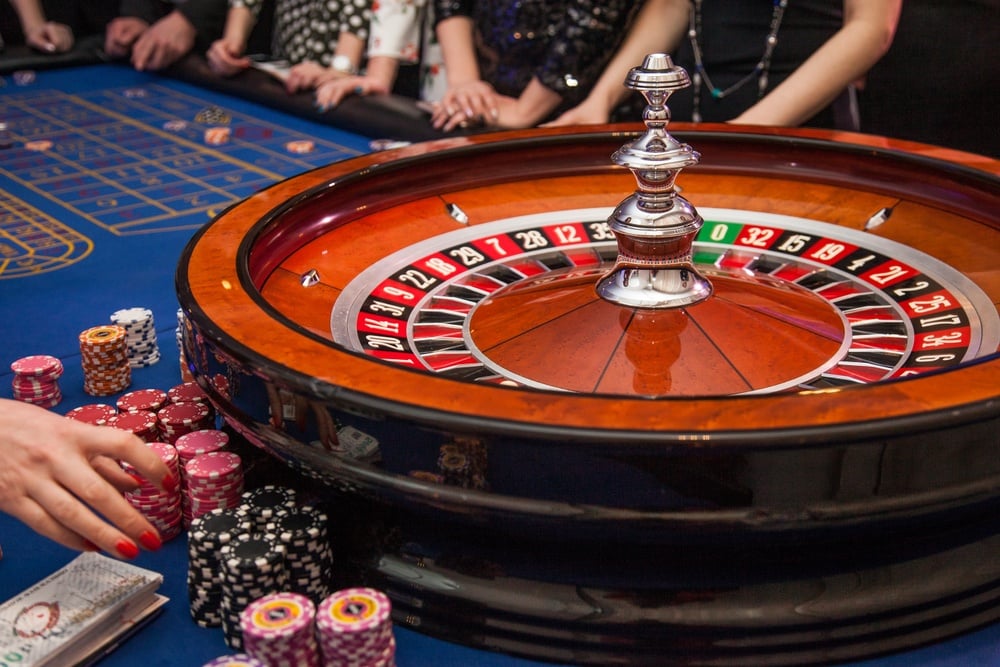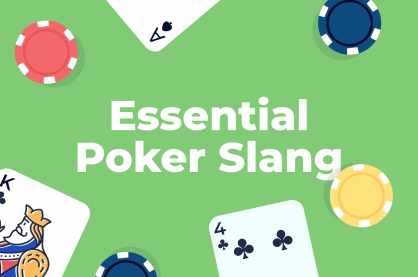R. Paul Wilson On: How To Cheat At Roulette With Past Posting

When I first met crooked-gambling expert Darwin Ortiz at a lecture for magicians in Glasgow, I was eager to pick his brains.
Until that point, I was a voracious collector of cheating methods with cards, but I was beginning to take an interest in casino games and roulette in particular.
In Glasgow’s famous Tam Shepherd’s Trick Shop, a gathering place for local conjurors, I remember asking Darwin how cheaters could beat the game of roulette.
Despite answering a question with a question, his answer was quite direct:
“Do you think a cheater could win if they were able to bet after the ball had landed?”
Past Posting – A Risky Roulette Cheat
Past posting is a simple idea.
After the ball lands in a number, a cheater (or team of cheaters) attempts to add a high value bet to the layout without the dealer noticing the discrepancy.
To the average player, this might seem like an excellent way to get caught and enjoy the hospitality of a casino’s back room.
In fact, it is a bold and risky strategy but can be effective if the cheater has the skill, timing and awareness to pull it off.
Dealers often balk at the idea that these moves could slide at their table but in the heat of a long shift and with countless distractions around every spin, even the most alert croupier might be vulnerable to the simplest of past-posting techniques.
Using Past Posting To Cheat At Roulette

Professional past-posters limit their activity to occasional shots taken at the right moment under appropriate misdirection.
The simplest and easiest targets to hit on the layout are the red and black bets.
With an experienced cheater sitting close to those options, a check can appear as if by magic after the ball lands.
The classic technique is to rest one’s hand on the layout with a chip hidden underneath.
With an imperceptible snap of the thumb, that chip slides quickly and quietly across the baize to settle on the red or black painted markings.
It takes practice to know how hard to push a chip – and to do so without any motion of the hand to betray the action – but timing is also essential.
As a ball drops into the rotor, players might lean over the table to get a better look and if a partner is trained to do so naturally, he or she might cover the move from the eye in the sky while the slider watches the dealers to make sure there’s no heat when he kicks the check.
A more sophisticated approach is to reach forward and slide a chip under the forearm and there are many strategies to excuse this action.
One method is to buy into the game for more money and to reach forward with some cash.
Another is to apparently begin making bets for the next round, only to be dismissed by the dealer who would instruct the player to wait until the table is cleared.
Both of these methods might be used since neither should be repeated with the same dealer or at the same table, but past posting is rarely a repeatable strategy since each shot you take risks waking up casino staff.
There’s a “Walter Mitty” shot that supposedly allowed teams of players to repeatedly place a stack of chips with a ledge over the bottom chip to disguise the lowermost check, which is a high value bet.
Supposedly, the dealer would not notice this off-colour check and if the bet lost, the player would switch out the big bet for one of the cheaper checks under some pretext.
I have every confidence this could be successful once or twice but the claim that it could be repeated constantly is pure fantasy (in my opinion) unless the dealers, the bosses and the security team upstairs are all in on it.
Tricks For Added Deception

By passing off high-value to checks to secret partners around a table, cheaters can place a high-stakes player next to the wheel then use lower-stake bets to cover past-posted bets.
Imagine you’re that high-stakes player with a stack of purple checks, each valued at $500 and you arrange these to conceal the fact that you’ve palmed away five chips and passed them to a partner who sits at the opposite end of the table.
That partner can now drop your chips onto the layout while you watch the wheel and sip your free watered-down drinks!
With the slide technique described above, an expert might be able to place your purple check across a nearby number when it comes up.
And if the team is bold and well-practiced in misdirection, you might speak to the dealer at the instant the ball drops to distract him or her from the appearing chip on (or across) that winning number.
By passing chips this way, another cheater can approach the table and buy in for a small amount of cash but use that money to cover the drop of a check onto the layout – just as the ball lands!
An even bolder (but effective) approach is to slide a late stack of chips onto the layout, so the dealer is caused to return that stack to the errant player. At the bottom of the stack is one or two high-valued purple chips that are off-set to look as if the late stack was placed onto those chips, which were supposedly already there.
Having tried this last strategy for The Takedown, there’s a perverse pleasure in watching the dealer correct a player by removing their late stack while leaving behind the big bets that were never there before the move was attempted.
The Problem With Past Posting
Each of these techniques can work in the right place and at the right time but if there’s the least suspicion on the move, then a rewind of camera footage will quickly betray the deception.
What makes these methods successful is a sense of when and where to attempt them, either by profiling weak dealers or manipulating each situation so that a discrepancy might go unnoticed.
Playing the turn (distracting the dealer) in these situations can be an art in its own right and expert scammers can play entire teams of dealers and their bosses like an orchestra whether by “charm or harm” so that the appearance of a big bet is the least concern to whoever is managing the game.
The real danger for past-posters is that modern security systems can potentially track all bets on a layout and detect if anything is added after the dealer calls “no more bets”.
So, if you’re ever tempted to kick a check across the baize, be ready to say hello to the backroom boys.
More casino-related articles from R. Paul Wilson worth your time today:


